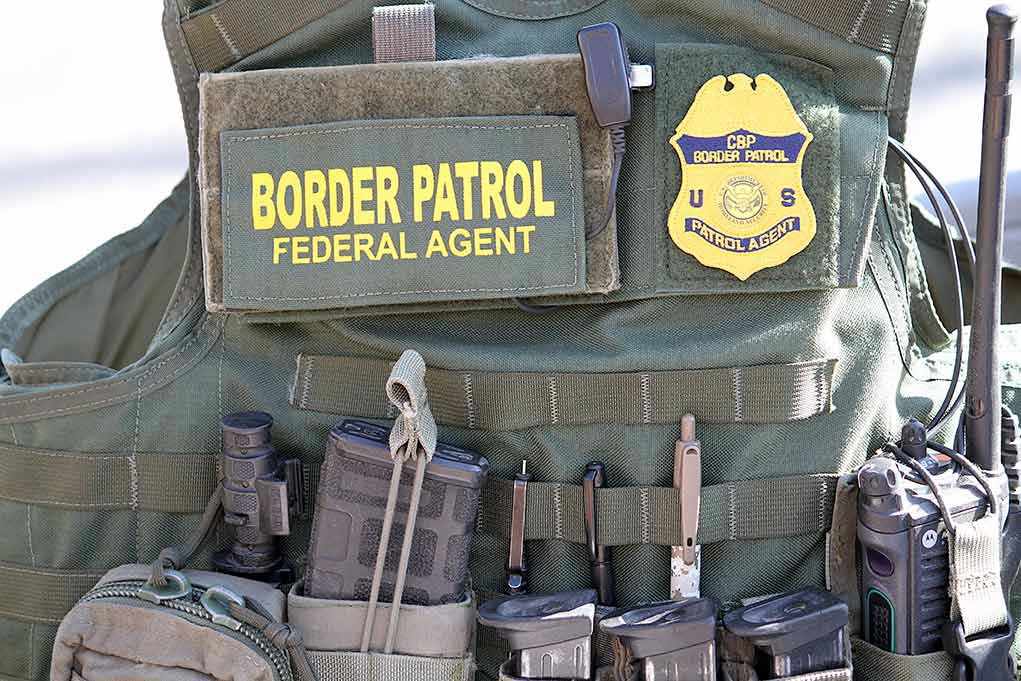
DHS Secretary Kristi Noem dropped a bombshell claim that criminal cartels have placed $10,000 bounties on the heads of specific ICE agents, complete with circulated photos and detailed kill orders.
Story Snapshot
- Noem alleges cartels offer $2,000 for kidnapping agents and $10,000 for killing them
- Claims organized crime groups are circulating specific agents’ photos within their networks
- Accusations emerge after violent Chicago confrontation involving federal agents and protesters
- No corroborating evidence or specific group identification provided by DHS
The Unsubstantiated Bombshell That Shook Immigration Enforcement
During a Fox & Friends interview, Secretary Noem painted a chilling picture of targeted assassination plots against federal immigration agents. Her claims went beyond typical cartel threats, detailing specific dollar amounts and alleging that agents’ photographs are being distributed like wanted posters within criminal networks. The timing of these explosive allegations, coming just one day after a violent confrontation in Chicago where federal agents shot a woman during an immigration raid, raises serious questions about both the credibility and motivation behind such dramatic assertions.
What makes Noem’s claims particularly striking is their unprecedented specificity. While cartels have long posed threats to law enforcement along the border, public announcements of exact bounty amounts with circulated identification photos represent a new level of alleged criminal coordination. Yet despite the gravity of these accusations, Noem provided no intelligence sources, intercepted communications, or identification of which specific criminal organizations are supposedly behind these bounties.
Chicago Becomes Ground Zero for Federal-Local Showdown
The backdrop for Noem’s claims centers on Chicago’s fierce resistance to Trump administration immigration raids. The city’s sanctuary policies have created a powder keg of tension between federal enforcement and local officials who refuse to cooperate with ICE operations. Mayor Brandon Johnson and Governor JB Pritzker have openly opposed federal raids, creating what Noem characterizes as a dangerous environment where criminals can operate with impunity while federal agents face escalating threats.
The October 4th shooting incident that preceded Noem’s interview involved a woman who allegedly rammed federal agents with her car while carrying a semiautomatic weapon. This violent confrontation occurred amid protests that Noem claims were organized and funded by the same criminal networks placing bounties on agents. She points to the uniformity of protest equipment and signage as evidence of professional organization, though again without providing concrete proof of criminal funding.
DHS chief Kristi #Noem claims cartels have put $10,000 #bounties on heads of specific #ICE #agents.
👉 #Sources? #Proof? https://t.co/aNcVWP2PJQ— rblumel (@rblumel) October 5, 2025
The Evidence Gap That Undermines Credibility
The most glaring weakness in Noem’s explosive claims is the complete absence of supporting evidence. No intercepted cartel communications, no captured bounty notices, no identified criminal organizations, and no corroborating intelligence from other federal agencies. This evidence vacuum is particularly problematic given the serious nature of the allegations and their potential impact on both agent safety and public policy debates.
Intelligence experts note that while cartels have historically targeted law enforcement, public bounties with specific dollar amounts and circulated photos are extremely rare and typically remain within classified intelligence channels when discovered. The fact that Noem chose to make these claims public on a television interview rather than through official DHS channels or intelligence briefings raises questions about whether this represents legitimate security intelligence or political messaging designed to justify aggressive enforcement tactics.
Political Theater or Genuine Security Threat
The timing and presentation of Noem’s claims suggest they may serve multiple purposes beyond simple threat assessment. Coming immediately after violent confrontations in Chicago and amid intense political pressure over immigration enforcement, these allegations provide convenient justification for aggressive federal tactics while shifting blame for violence onto local officials and protesters. The lack of specificity allows the claims to be politically useful without being easily disproven.
However, dismissing these allegations entirely would be equally problematic if genuine intelligence exists. The challenge lies in separating legitimate security concerns from potential political manipulation, something that becomes nearly impossible without access to the underlying intelligence that Noem refuses to disclose. This creates a dangerous precedent where unsubstantiated claims about national security threats can be used to justify controversial enforcement actions without proper oversight or verification.
Sources:
‘Gangs’ and ‘cartels’ put bounties up to $10K on immigration agents: Noem
Gangs, Cartels, and Terrorists Place Bounties on ICE and Border Patrol Agents
DHS chief Kristi Noem claims cartels have put $10,000 bounties on heads of specific ICE agents















